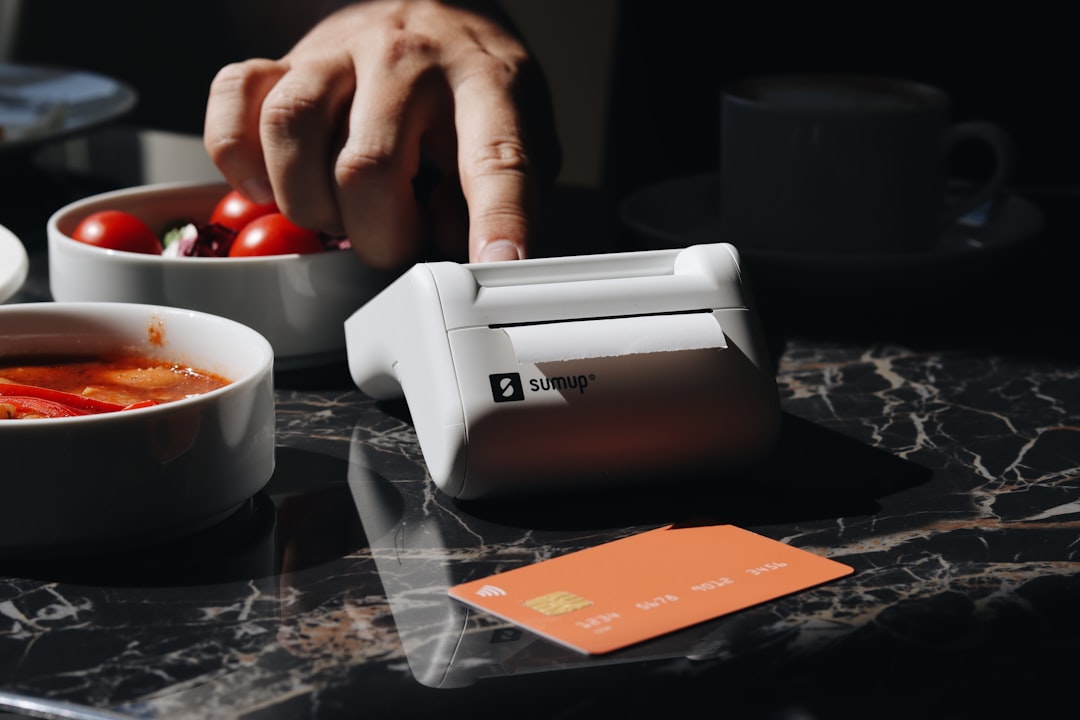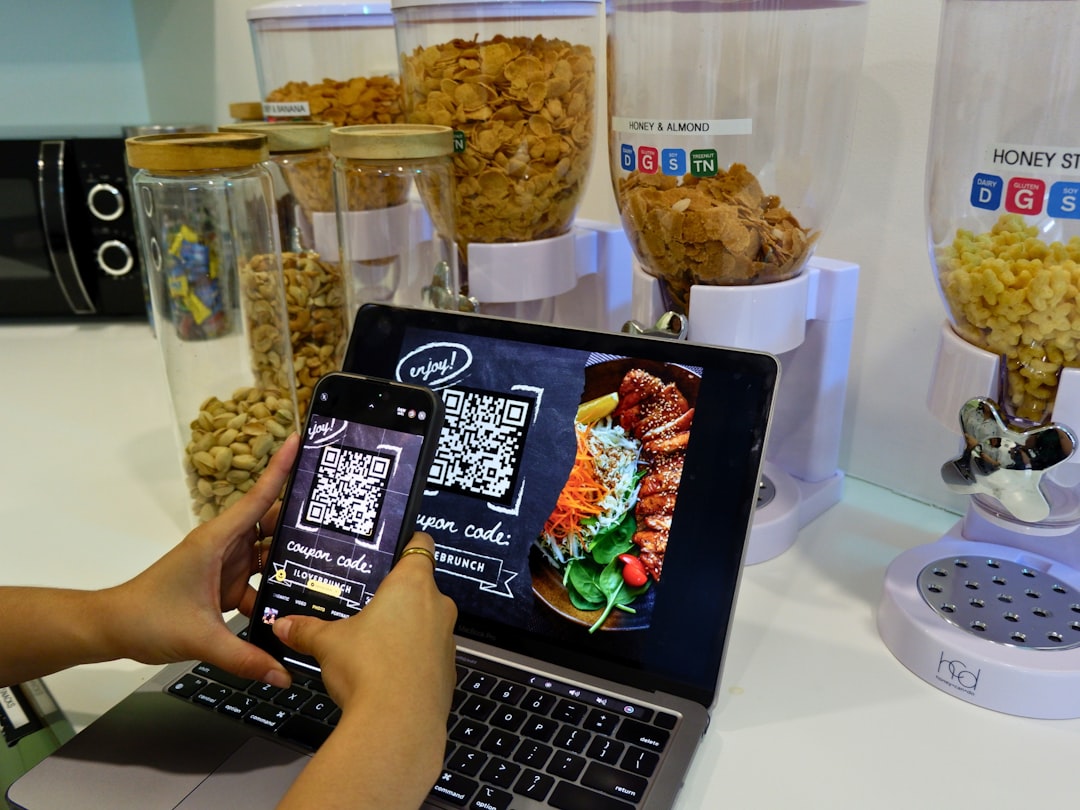In today's competitive restaurant landscape, the difference between thriving and merely surviving often comes down to operational efficiency. Artificial intelligence is no longer a futuristic concept—it's a practical tool reshaping how restaurants function at every level. From the moment a customer considers dining with you to the final bite of their meal, AI technologies are working behind the scenes to create seamless experiences while driving profitability.
AI technologies are revolutionizing restaurant management through three primary channels:
For restaurant owners and managers feeling overwhelmed by technology adoption, understanding these practical applications can provide clarity on where to start. The beauty of modern AI solutions is that they can be implemented incrementally, allowing for measured adoption that matches your comfort level and budget.

Modern AI solutions are dramatically improving the ordering process while reducing operational friction:
Toast POS reports that AI phone answering systems can operate for as little as $0.47 per hour—capturing customer inquiries without staff intervention and significantly reducing missed business opportunities. Think about it: an AI system could answer every call during your busiest hours, never putting customers on hold or missing potential reservations.
AI excels at remembering customer preferences and behaviors when humans might forget:
These personalized touches create the impression of attentive service without increasing staff workload. It's like having a server who remembers every customer's preferences perfectly, even if they've only visited once before.

Behind the scenes, AI is revolutionizing kitchen operations with precision that human management alone can't match:
According to the National Restaurant Association, these AI applications optimize operations through task automation and predictive modeling, enabling truly data-driven decisions that can reduce food waste by identifying usage patterns invisible to the human eye.
AI brings precision to workforce management, helping restaurants navigate the ongoing staffing challenges in the industry:
These tools help restaurants maintain service quality even during staffing challenges. When a server knows exactly when they'll be busy and when they'll have downtime, they can better prepare mentally for their shift, improving both morale and performance.
The explosion of delivery options has created complexity for restaurants that must juggle multiple tablets, systems, and fees. AI aggregation platforms like Halla compile delivery platforms to recommend restaurants based on user preferences, enhancing visibility for participating establishments while simplifying management.
An integrated system that consolidates all delivery platforms into one interface—like Spindl's all-in-one solution—can transform what was once a chaotic array of devices into a streamlined operation that reduces errors and stress.
Some restaurants are implementing AI-driven pricing that adjusts based on multiple factors:
This approach maximizes revenue while optimizing ingredient usage. Think of it as similar to how airlines adjust ticket prices based on demand, but applied with the subtlety appropriate for restaurant guests.
AI tools now scan reviews and social media mentions to provide restaurant managers with actionable insights about customer satisfaction, helping identify problems before they become patterns. For example, if AI detects multiple mentions of "slow service on Saturdays," you can address staffing before the issue damages your reputation further.
You don't need to overhaul your entire operation overnight. Consider these entry points:
Success with these smaller implementations builds confidence for bigger changes. It's like learning to walk before you run—each successful step builds momentum toward a fully optimized operation.
When implementing AI solutions, track specific metrics to ensure you're getting proper return on investment:
Capturing baseline measurements before implementation is crucial to demonstrate the true impact of your AI investments. Without this data, you're essentially flying blind on whether your new technology is actually delivering value.
For AI implementation to succeed, staff must understand more than just button pressing:
Staff who understand why they're using AI tools become advocates rather than resistors. As NetSuite points out, involving your team in the implementation process increases adoption rates and improves outcomes.
While powerful, AI has important limitations in restaurant settings:
As Restaurant Business magazine notes, the goal should be using AI to enhance human capabilities, not replace the personal touch that defines hospitality. The most successful implementations use AI to handle routine tasks, freeing humans to focus on genuine connection.
Looking ahead, we can expect increasingly sophisticated integrations:
The restaurants that thrive will be those that thoughtfully integrate AI to handle routine tasks while empowering staff to focus on creativity and genuine hospitality. It's not about removing humans from the equation, but rather enhancing their capabilities to deliver exceptional experiences.
The digital transformation of restaurants isn't slowing down. By implementing the right AI tools, you can create more efficient operations, deliver exceptional customer experiences, and gain valuable insights that drive profitability.
The most effective approach combines multiple AI applications within a single, integrated platform—allowing these technologies to share data and create a truly seamless operation. With solutions that consolidate ordering, delivery management, self-service, and loyalty programs into one system, restaurants can eliminate the complexity that often comes with digital transformation.
The future of restaurant management is intelligent, integrated, and intuitive. The question isn't whether to adopt AI technologies, but how quickly you can implement them before your competitors do. Your next regular customer might be dining with you tonight because an AI system remembered their birthday, suggested their favorite dish, or simply made sure you had enough of their preferred ingredients in stock.
